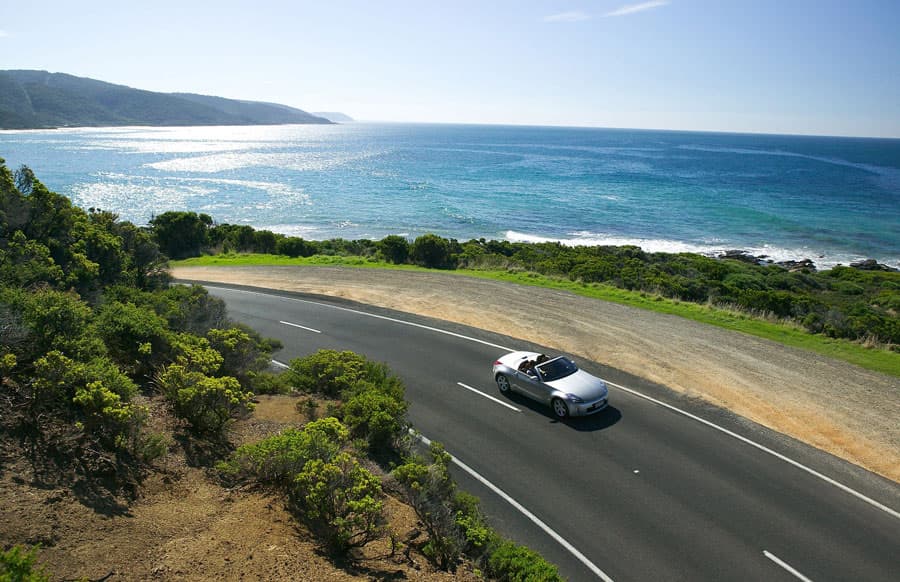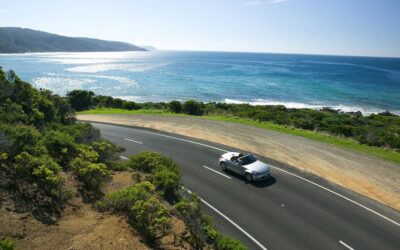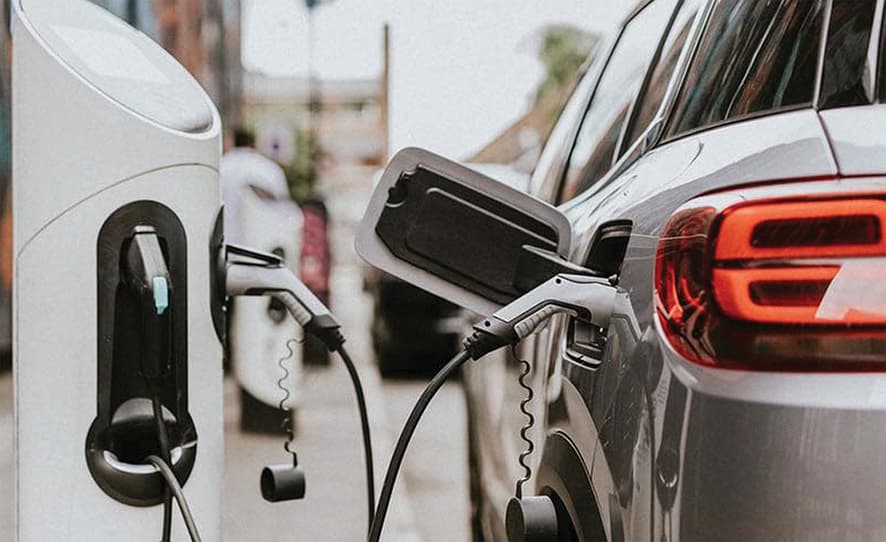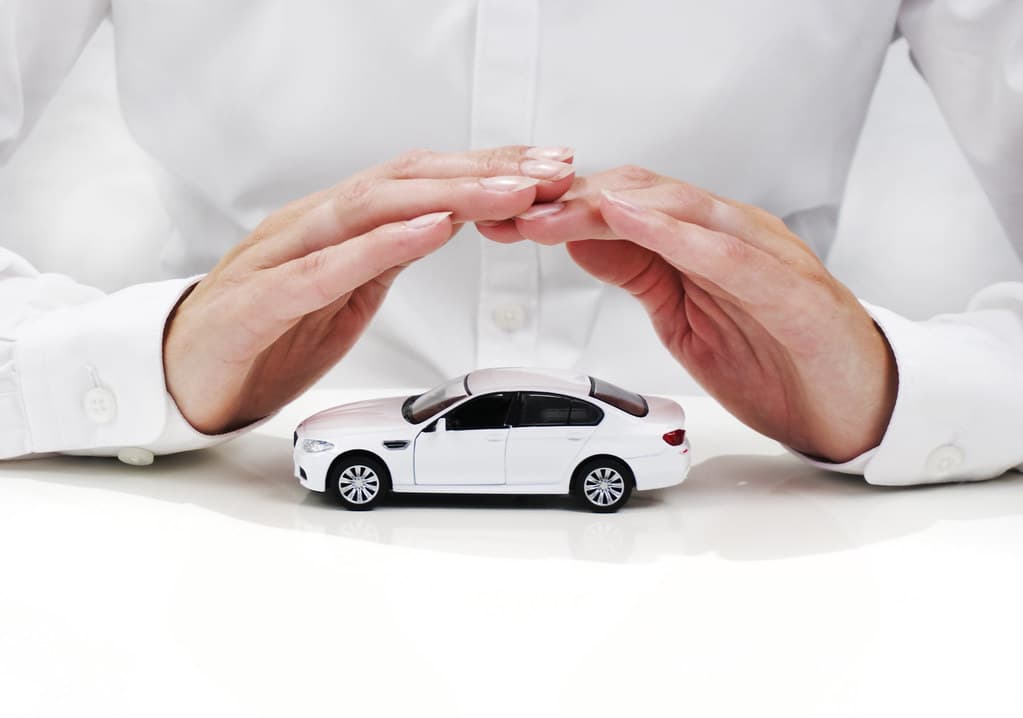Renting a Car Abroad: What Insurance Do You Really Need?

Traveling abroad in a rental car means freedom, comfort, and the opportunity to explore the hidden corners of a country that tourist buses rarely reach. However, when arranging a rental, an important question arises: what kind of insurance is really necessary, and what can you skip to avoid overpaying? This is especially relevant for travelers from Slovenia, where insurance and traffic norms may differ significantly from those abroad.
Basics: What’s Included in Standard Insurance
In most countries, a basic car rental already includes two main types of insurance: CDW (Collision Damage Waiver) and TPL (Third Party Liability). The first covers damage to the rental car in the event of an accident, while the second covers damage caused to other road users and their property.
It’s important to understand that CDW is not full insurance, but a waiver from the rental company for claims exceeding the deductible. This means that in the event of damage, the customer still pays part of the repair cost—often up to €1,000–2,000. In some cases, the basic CDW may not even cover damage to tires, windows, or the undercarriage.
TPL covers damage to third parties, but the coverage limit can vary depending on the country. For instance, in the U.S., minimum limits can be quite low and often need to be supplemented. In EU countries, on the other hand, such limits are usually high enough.
Is Additional Insurance Necessary?
When arranging a rental, you’ll be offered a range of additional insurance options, each of which may seem essential. But not all of them are equally useful.
The most common option is SCDW (Super Collision Damage Waiver) or Full Coverage. This is an extended version of CDW that significantly reduces or completely eliminates your liability for vehicle damage. This type of insurance is especially useful if you don’t want to risk a substantial deposit or worry about every scratch.
Another useful option is Theft Protection (TP). It covers theft of the vehicle or its parts. In many countries, TP is already included in the basic rental, but it may not cover everything—for example, theft of personal belongings from the cabin. So, it’s worth checking what risks are actually included.
For travelers from Slovenia, Personal Accident Insurance (PAI) is also relevant. It covers medical expenses for the driver and passengers in the event of an accident. However, if you already have travel medical insurance that includes accident coverage, this option may be redundant.
Insurance from an External Provider – A Smart Compromise
Many experienced travelers from Slovenia prefer to take out insurance not through the rental company but via an external provider. Companies like AXA, Allianz, or RentalCover offer full coverage at lower costs. In this case, when renting the car, you still pay the deposit, but if an incident occurs, the insurance company reimburses all your expenses.
This option requires some preparation and the confidence to initially cover the costs and later file a claim with supporting documents. However, it can save you a lot of money in the long run, especially for extended rentals.
National Particularities and Hidden Pitfalls
Every country has its own specifics. In Italy, for example, roads are often narrow, and damage to side mirrors or bumpers is common. In Iceland, renters frequently deal with gravel damage, and special Gravel Protection is needed. In France and Spain, parking can be a real challenge, making Parking Protection insurance quite relevant.
Slovenian travelers should remember that the green card, required for travel in some Eastern European countries, is not always provided automatically. Also, don’t rely on Slovenia’s compulsory vehicle insurance—it doesn’t apply to rental cars abroad.
Particular attention should be paid to rental and insurance conditions on islands (Canary Islands, Malta, Crete, etc.), where special rules often apply. Rental companies may restrict driving in certain areas or on certain roads, and if these are violated, insurance becomes void.
What to Check Before Signing the Contract
Before confirming your booking, be sure to check:
The amount of the deductible. The higher it is, the greater your risk.
What exactly the insurance covers: undercarriage, windows, tires?
Whether there are additional fees: for administrative handling of claims, towing, or recovery.
Age and driving experience restrictions.
Return conditions and whether a damage report is required.
Don’t hesitate to ask questions at the rental counter and take photos of the car from all angles upon pickup and return. These serve as your proof in case of disputes.
Conclusion: Don’t Overpay, but Don’t Take Risks Either
Choosing the right insurance is about balancing safety and cost. When traveling abroad from Slovenia, don’t settle for the first option you’re offered. It’s better to research in advance, compare terms, and understand which risks you’re willing to take on.
If you’re confident in your driving skills, consider insurance from a third-party provider. If you want complete peace of mind, opt for full coverage from the rental company. The key is to ensure your trip doesn’t turn into a headache due to unexpected costs or misunderstandings.
With the right insurance, renting a car abroad becomes not only a convenient but also a safe part of your vacation.









